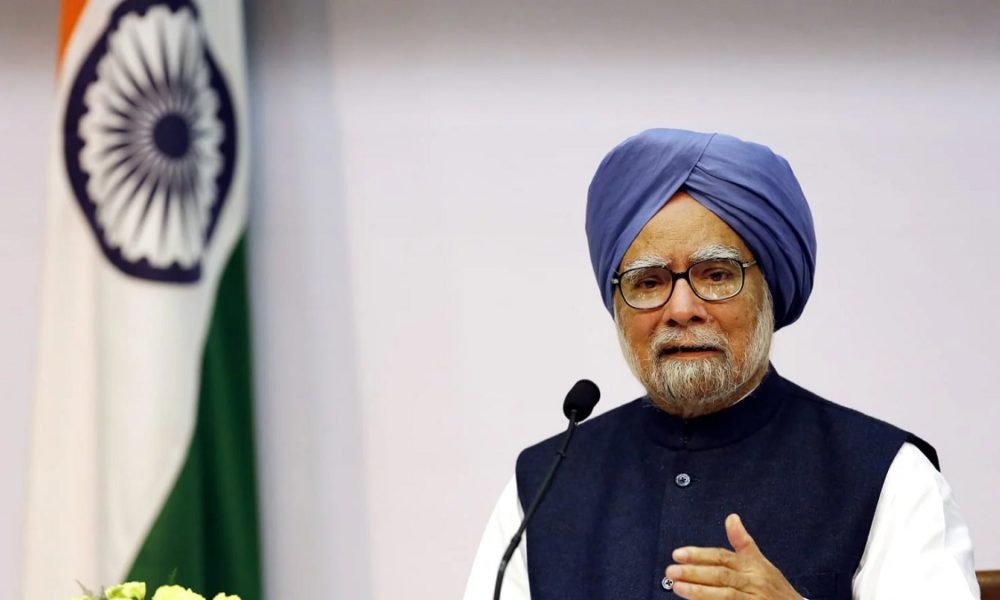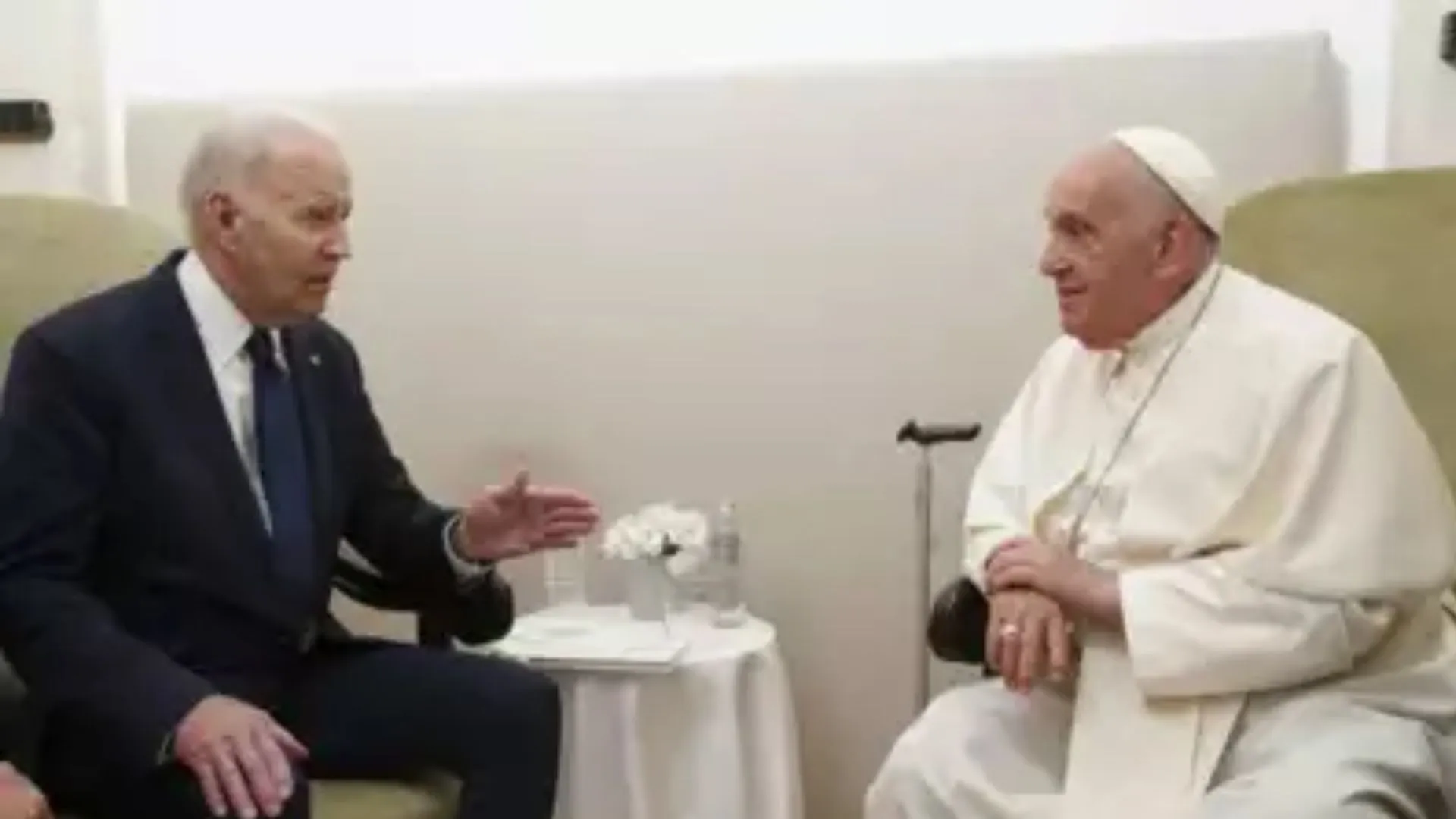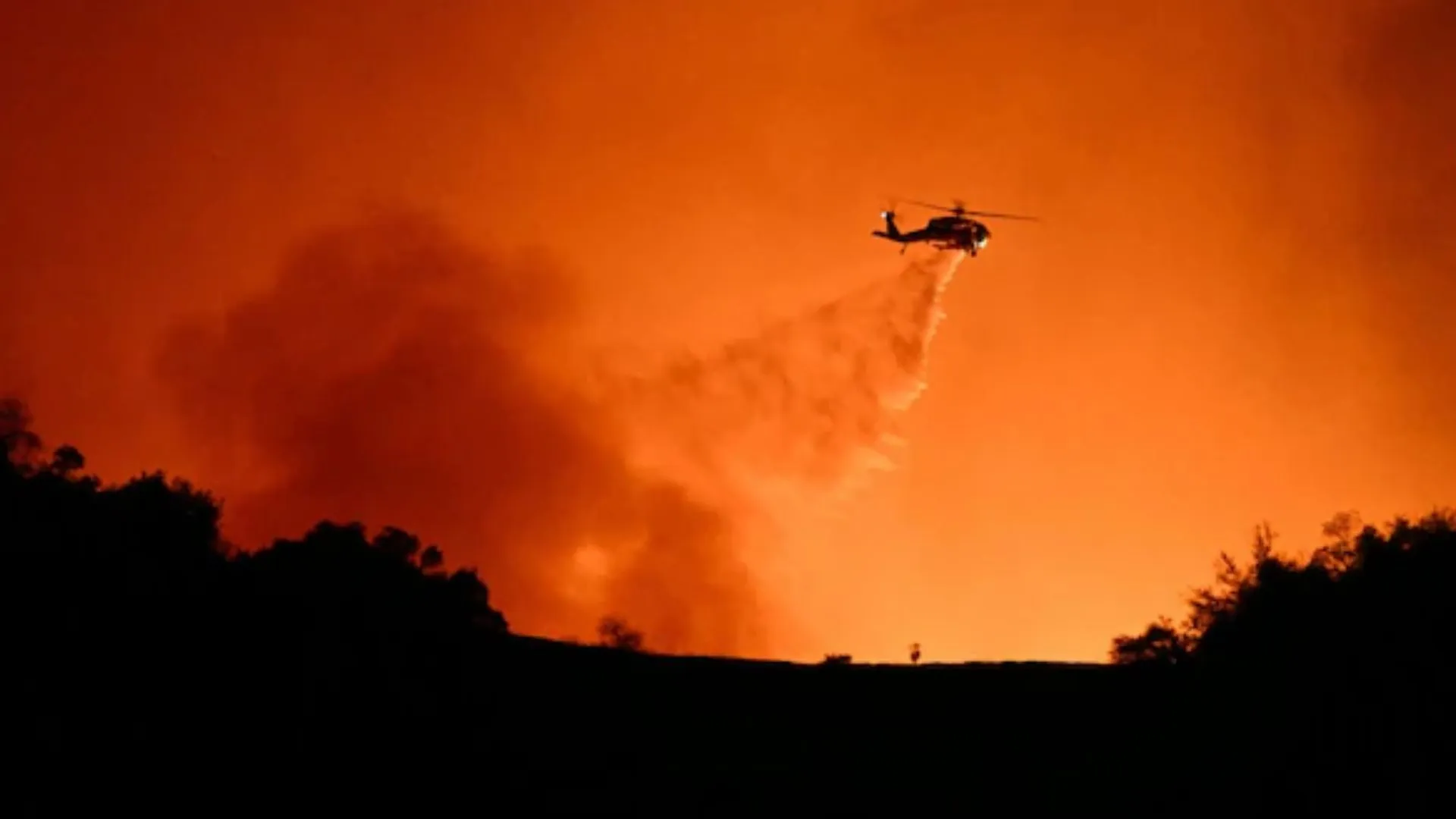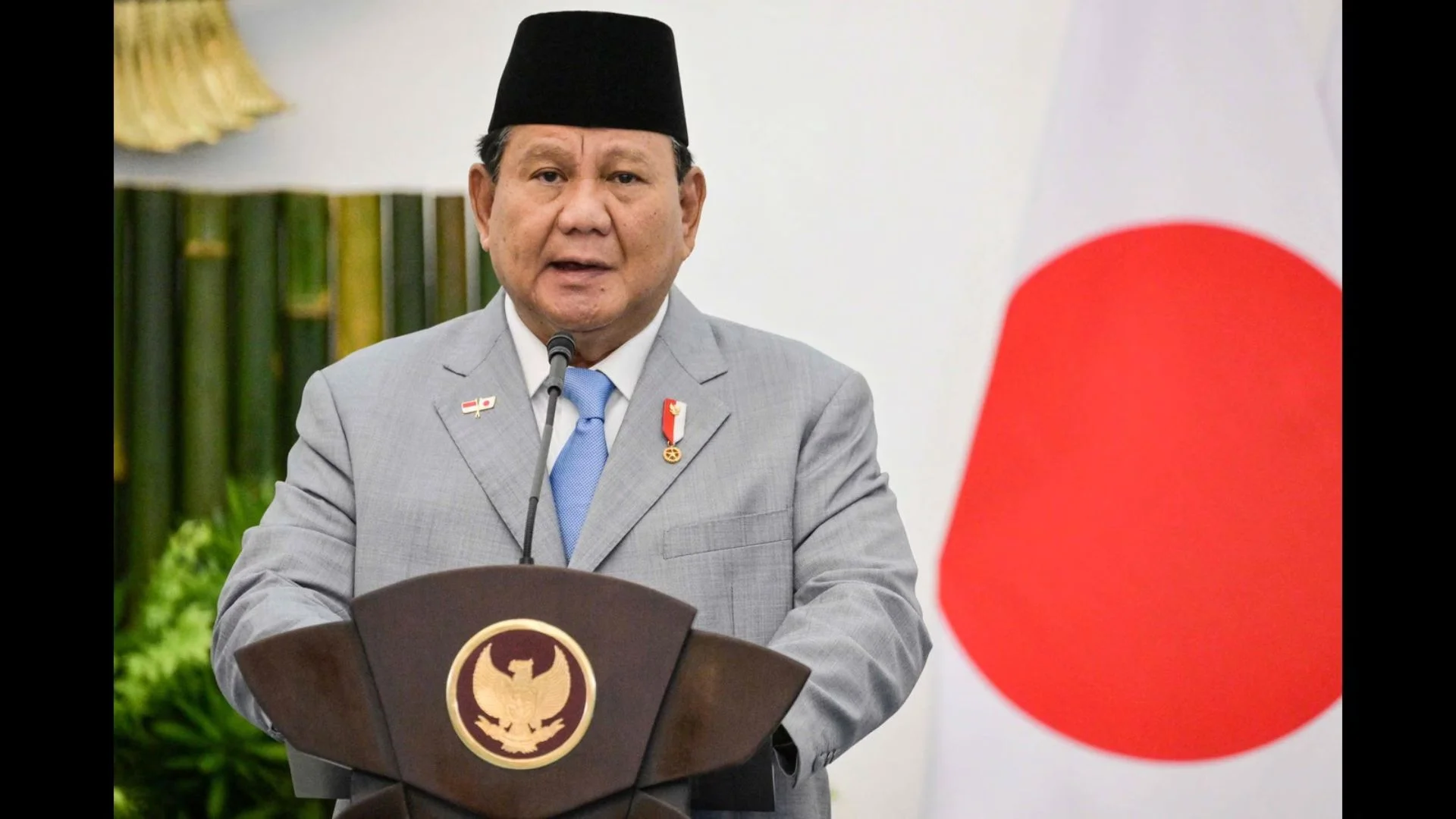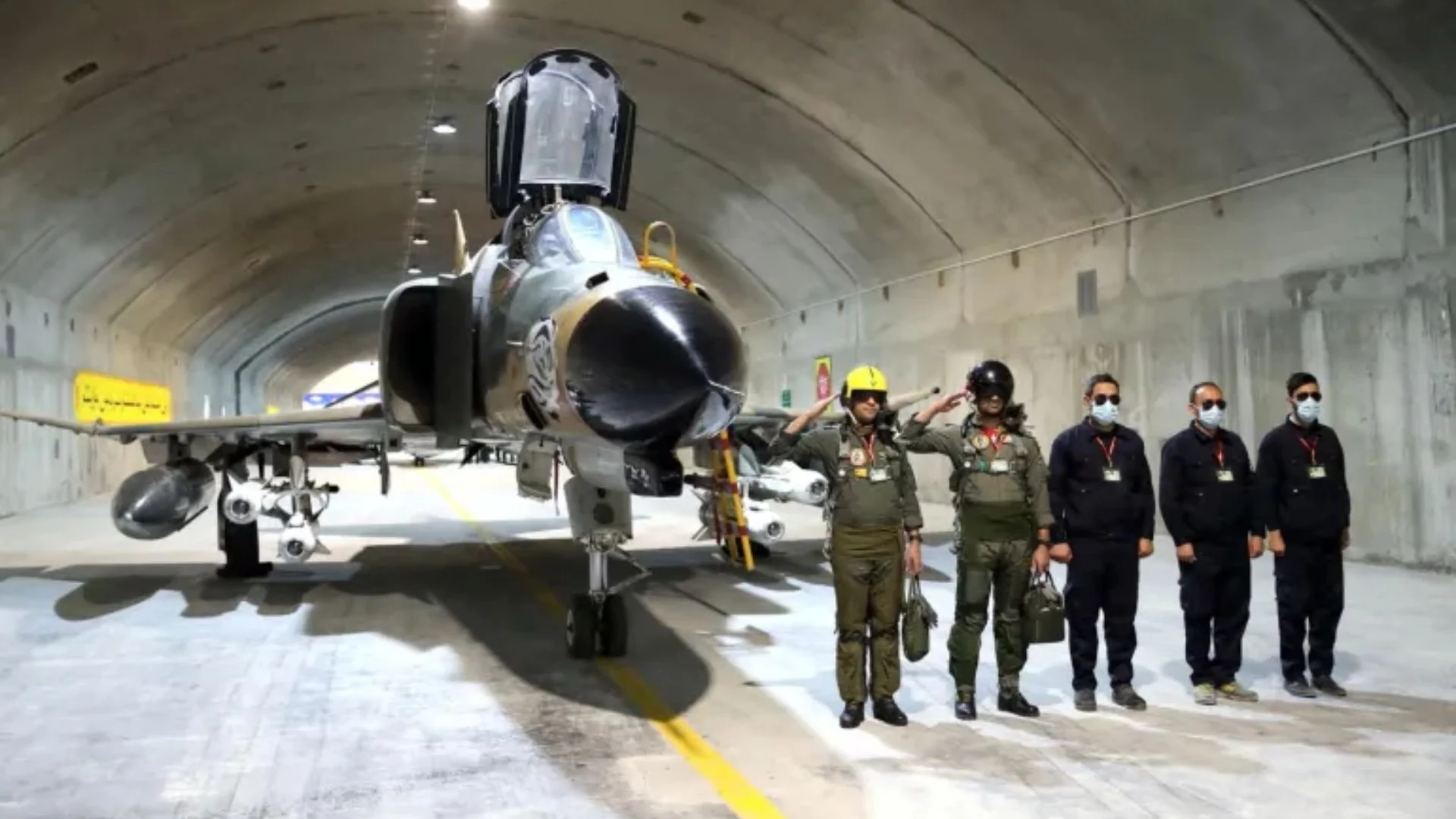An economist strangely goes political to criticize a government that follows his Manmohanomics of liberalisaion, globalization, privatisation with the same devotion that the proponent, Manmohan Singh, former prime minister started.
One can understand the pressure of Singh trying to score a goal during the poll time. The plunge that he took virtually exposed the kinks in Manmohanomics. It has never been a panacea for inclusive growth or pine high in a global situation that monetises every social effort and bankises products and activities that should not be. Europe is fighting to come out of bank clutches.
Rising prices were a phenomenon during Singh’s UPA regime and that continues because the nation never cared to control the prices except during a brief period of NDA-I under late Prime Minister Atal Behari Vajpayee. As a people’s prime minister having been in touch with the common man scripted path-breaking reforms in telecom, road, power, and taxes. Despite sanctions following Pokharan-II in 1998 and the Kargil War in 1999, the government managed to keep economic growth above 6 per cent till 1999-2000. Growth slowed in 2002-03, with drought, but recovered soon.
In the years after 1998, Vajpayee met the challenge well and according to the World Bank, the inflation was 4.67 percent in 1999; 4.0009 in 2003; 3,779 in 2001; 3.806 in 2003 and 3.767 in 2004. Inflation in 1998 was 13 plus percent.
Vajpayee had left a high GDP for his successor Manmohan Singh of the Congress. During the UPA years, 2004-2014, GDP numbers were initially high but slumped drastically towards the end of its tenure. Shockingly, few understand the enigma of electoral rejection of Vajpayee-led BJP in the 2004 Lok Sabha elections. The new government under Manmohan Singh, data show, had GDP growth between 2004-05 and 2011-12 at 7.05 per cent, 9.48 per cent, 9.57 per cent, 9.32 per cent, 6.72 per cent, 8.59 per cent, 8.91 per cent and 6.69 per cent for the respective financial years (according to old series). The growth was 6.05 in 2014 as per the new series.
It was nothing hunky-dory in the UPA regime. There started the problems of the country. Vajpayee led the biggest ever coalition with élan. The Left differed with him but most leaders in private praised but had reservation on his disinvestment. The same Left alliance could not continue in Manmohan Singh’s UPA government beyond 2007 as they protested Singh’s anti-people decision and poor leadership. The check that the Left had on UPA was lost and it plunged into series of scams.
Inflation was at a high since 2007 and reached a super high of 11.06 percent in 2013 giving the BJP the edge to fight against the “mahngai dayan” (inflation dragon). As per data, Singh’s successor, Prime Minister Narendra Modi inherited poor GDP numbers after coming to power in 2014.
However, the GDP numbers during the NDA started improving initially. In 2014-15, the GDP growth was recorded at 7.2 per cent. This increased to 7.6 per cent in 2015-16.
The NDA government started faltering under the heavy baggage leading to too many corrections. The economic woes it inherited with a fear of “black money” tormented it. Being under pressure Modi hurriedly decided in 2016 on a never before demonetisation of 87 percent of currency notes for cleaning the economy. It theoretically was a good move but practically plunged his government and the people into unseen problems. An economy that just started booming got a shock. It hurt the businesses and the poor. Possibly never imagined impact was on political finances of the parties.
The note-ban slowed growth to 7.1 per cent in 2016-17. Next year, 2018-19, this and GST introduction reduced it to 4.2 percent and unprecedented 2020 pandemic cut it to minus 7.3 percent.
The Modi government has got into a vortex for inheriting a poor system as also not trying to move out of the Mamohanomics. The bank NPAs soared during the UPA government as it opened coffers to incentivise rich companies. Public finances, deposited by the poor, became fodder for the fly-by-night operators. A small number of companies alone heaped over Rs 2.24 lakh crore NPA by 2014. This could not be checked and doubled to Rs 5.4 lakh crore in 2021.The recent ABG group problems also had started during that regime as were the Mallyas and Geetanjali jewelers. Decade-long messing up of economy needed heavy correction. It could not happen as the NDA remained under the “aura” of Singh. It forgot that all the major scams that happened during 1992 to 1998 were under the stewardship of Singh as finance minister. So were the post-2007-8 bank NPAs, he as PM.
The NDA is to be faulted for continuing with a liberalization that really never was except for UPA’s chosen business friends. Its disinvestments of PSUs never helped the country. Most profitable Navratnas were handed over on a platter to friends and many were deliberately led to losses like the MTNL, BSNL and Air India. In fact, NDA could have instituted an inquiry to unearth the 2005 scam that forced profit-making Indian Airlines and Air India to merge and dumped with losses for the benefit of private operators. Its shearing itself cost the exchequer almost a trillion rupees.
The NDA also faltered for various compulsions on its self-sufficient atmanirbhar Bharat. It happens sometimes in the process of governance. Now SBI has come out with the possible solution. The country has to reduce its dependence on China. Its ecowrap, economic report, says leveraging production-linked-incentives can reduce dependence on China by 20 percent or $ 8 billion GDP gain. And it is possible to reduce it to 50 percent, a $ 20 billion bonanza. It would add to 60 lakh jobs and production of Rs 30 lakh crore in five years in addition to what the union budget has announced.
The NDA has to implement its ideas. It has to go slow also on some like National Education Policy, bullet and metro-type trains, review extension of roads and too much dependence on infrastructure spending. As also it has to review the causes, including many administered prices like high tolls, fees, freights and fares that are pushing up inflation. The NDA has opportunities as also prospects to ensure it frees itself from the legacy of Manmohan Singh, his Manmohanomics, and charts out a new people-centric economy.

